DEX
Trump Coin Frenzy Drives Stablecoin Supply Over $10B, Record DEX Volumes
Published
2 months agoon
By
admin
Solana (SOL), the layer-1 blockchain designed for high-speed and low-cost transactions, has been at the center of a trading frenzy with Donald Trump’s memecoin driving stablecoin supply on the network to a fresh record-high.
The total stablecoin supply on Solana has surged to $10.5 billion, doubling since the start of January, according to data source Artemis. Circle’s USDC led the increase surpassing $8 billion in total circulation on Solana, adding more than $4 billion this month, while Tether’s USDT grew to $2 billion from $917 million, per Artemis. Stablecoins are a key piece of infrastructure in the crypto economy, serving as a popular source of liquidity for crypto trading.

Solana and its ecosystem of in-built protocols built have become a bustling hub for trading and launching tokens in red-hot, fast-growing crypto sectors such as memecoins and crypto AI agents.
The network’s stablecoin liquidity growth was steady over the past months as digital asset markets rejuvenated with crypto-friendly Trump’s election victory, but it skyrocketed with the launch of TRUMP coin Jan. 17, the “official” memecoin tied to the U.S. President. Released on Solana, the token garnered massive trading volume across decentralized exchanges, driving transaction activity and liquidity inflows to the network.
Before the token got listed on popular centralized exchanges like Binance and Coinbase, trading with the TRUMP coin was first available on decentralized exchange (DEX) Meteora paired against the USDC stablecoin, David Duong and David Han from Coinbase Institutional Research, noted in a Friday report. That said, fast-moving traders first needed to first acquire USDC to buy the coin, driving USDC inflows to the network.
Along with stablecoin growth, trading volume on Solana-based decentralized exchanges (DEX) also soared to record highs of more than $25 billion daily, executing 74% of overall DEX trading volume on all blockchains, the report noted.
“Staggering numbers,” Sean Farrell, head of digital asset research at Fundstrat, said in an X post.
The increased activity was reflected in Solana’s native token (SOL) price, posting the largest gain through this week with 20% among the broad-market CoinDesk 20 Index members, vastly outperforming bitcoin’s (BTC) 2% advance.
Read more: Solana Bull Bets Big on SOL Rallying to $400
While USDC and Tether’s USDT dominate the stablecoin market on Solana — as they do in the broader crypto landscape — there’s a growing number of up-and-coming issuers that recently expanded to the blockchain, noted Tom Wan, head of data at Entropy Advisors.
Last week, Hong Kong-based First Digital added native support on Solana for its $1.8 billion FDUSD fiat-backed stablecoin. DeFi lending behemoth Sky, formerly MakerDAO, also brought its yield-generating USDS stablecoin to the network in November.
Source link
You may like


Top 4 Crypto to Buy Now as XRP Price Struggles above $2


US regulators FDIC and CFTC ease crypto restrictions for banks, derivatives


US Authorities Seize $201,400 Worth of USDT Held in Crypto Wallets Allegedly Intended to Support Hamas


Is Bitcoin’s Bull Market Truly Back?


Stablecoin Bills Unfairly Box Out Foreign Issuers Like Tether, Says House Majority Whip
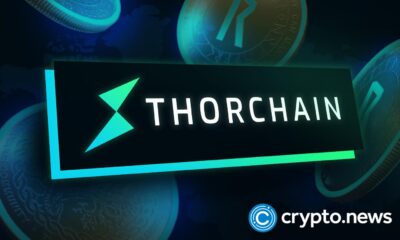

THORChain price prediction | Is THORChain a good investment?
DeFi
Berachain rolls out next phase of proof-of-liquidity system
Published
5 days agoon
March 24, 2025By
admin

Berachain is rolling out the next phase of its proof-of-liquidity system, expanding governance and emissions beyond its native BEX pools.
Up until now, only Berachain’s (BERA) native exchange, BEX, was used to distribute rewards. Other decentralized applications will be able to apply for incentives through new reward vaults starting on Mar. 24, according to Berachain’s official announcement. This will help them expand by drawing liquidity.
https://twitter.com/berachain/status/1902854165883167167?s=46&t=nznXkss3debX8JIhNzHmzw
Liquidity pools from multiple decentralized finance platforms have been included in the initial set of vaults, with more to be added later. This has opened up a more transparent system where users have more control over how incentives are allocated and projects vie for rewards.
With Berachain’s PoL model, assets remain active in DeFi, in contrast to traditional proof-of-stake blockchains, where users lock up tokens for security. Network activity is limited in PoS systems because staked tokens are frequently not available for lending or trading.
The system used by Berachain ensures that validators send back some rewards to the network rather than keeping them. Applications that boost activity on the blockchain and aid in its growth receive these rewards. The governance token, BGT, gives holders the ability to vote on which validators and projects receive support, thereby determining how these rewards are distributed.
The first approved vaults focus on DEX liquidity pools, which allow users to swap tokens easily. These pools were selected based on their liquidity, security, and importance to the network. Liquidity pairs on BEX, Kodiak, Beradrome, and other protocols featuring key assets like BERA, HONEY, and BGT, as well as major stablecoins, are among the first approved vaults.
Berachain has grown rapidly since launching its mainnet on Feb. 6. The platform now has $3.1 billion in total value locked and almost $1 billion in circulating stablecoins. The trading volume in February alone was $1.9 billion, according to DefiLlama data.
Following launch, BERA hit an all-time high of $18.82 before falling to its present range of $6.03–$6.93. The network has a fully diluted volume of $3.37 and a $728 million market capitalization as of Mar. 24. The new governance initiative is expected to attract more users and contribute to further growth of the blockchain.
Source link
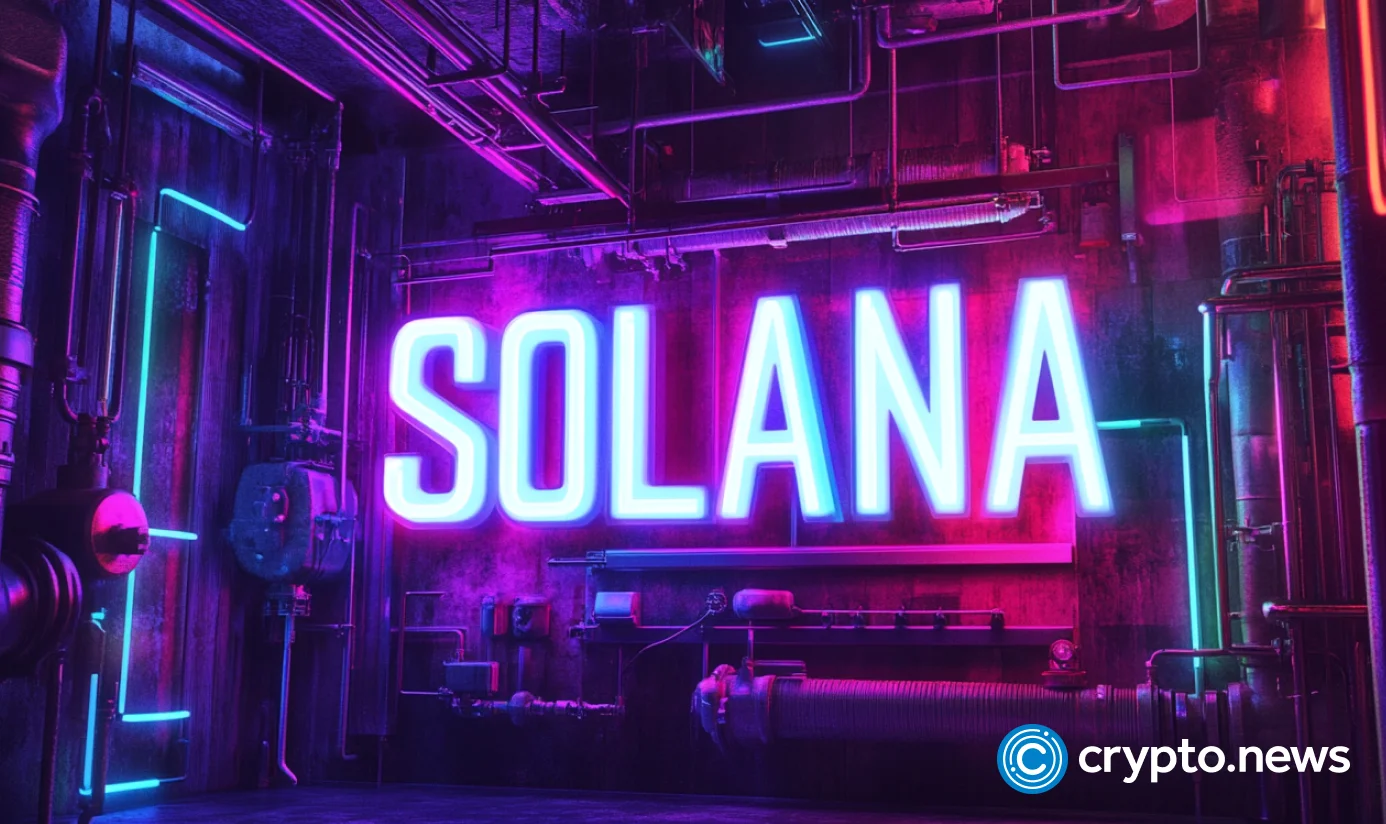
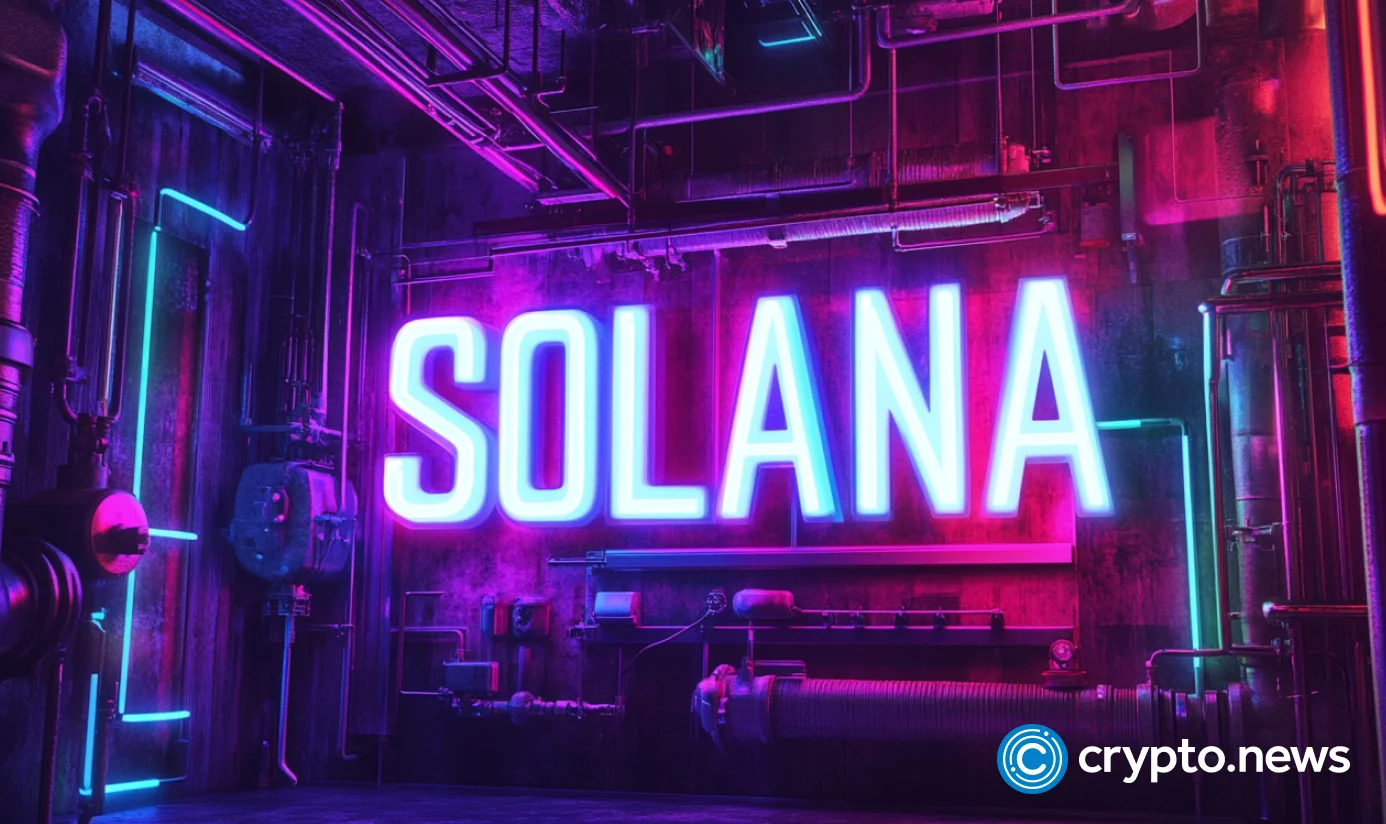
Titan, Solana’s first meta-decentralized exchange aggregator, has launched its beta platform, giving private access to a select group of users.
According to a Mar. 23 press release, Titan operates as a layer above standard DEX aggregators like Jupiter (JUP) and DFlow. To ensure traders receive the best price with no fees, it aggregates quotes from all available DEX aggregators rather than just sourcing liquidity from different DEXs.
In addition to aggregation, Titan introduces Talos, a proprietary routing algorithm that, according to the press release, outperforms competitors 80% of the time. Compared to current Solana (SOL) solutions, Talos analyzes more liquidity sources and optimizes routing at a granular level to enhance trade execution.
Quote slippage caused by execution delays is a major problem with on-chain swaps. Because Solana transactions take around 10 seconds (25 blocks) to complete, the price may fluctuate before the trade is executed. Titan wants to address this issue by continuously updating quotes in real-time to provide traders with the most accurate pricing.
“Titan’s aim is to provide DeFi traders with the best possible prices while abstracting away the complexity involved. Today, crypto trading lags behind traditional markets in its order placement design. It’s time for us to upgrade our infrastructure and close this gap, and that’s what Titan is designed to do.”
— Chris Chung, CEO and co-founder of Titan
Titan previously raised $3.5 million in a September 2024 pre-seed round, backed by Round13 Digital Asset Fund and Beluga Labs.
Solana is seeing record adoption alongside Titan’s launch. According to Ali Charts Mar. 22 post on X, the network now has over 11 million wallets holding SOL. Solana continues to lead in DEX trading volume, which hit a record $258 billion in January before cooling off to $105 billion in February amid a broader market downturn.
Impressively, the stablecoin market cap on the network has grown to $12.36 billion, a three times increase from December 2024, according to DefiLlama data. Despite this growth, SOL’s price has seen volatility. It peaked at $298.31 in January before dipping to $118 on Mar. 11.
The price has rebounded to $133 as of press time. With rising institutional interest, analysts speculate SOL could push toward the $300 mark in the coming months.
Source link
Airdrop
Meteora shares two proposals on MET token allocation
Published
1 week agoon
March 21, 2025By
admin

Meteora, the popular decentralized exchange on Solana, has put forward two proposals for adjusting MET token allocation.
According to Meteora’s Mar. 20 post on X, these changes aim to make liquidity provider rewards fairer, support new token launches, and secure long-term incentives for the team. The first proposal suggests revising the LP Stimulus Plan.
Originally, 10% of the MET supply was set aside to reward liquidity providers, but since the program has been running longer than its expected December 2024 end date, Meteora wants to increase this to 15%. This adjustment ensures that early and new LPs receive rewards without devaluing tokens.
The first two proposals are live on https://t.co/OeTKWfH27W.
These proposals address key community concerns about the LP Stimulus Plan, M3M3 and more.
Watch the community call to see @0xSoju & @0xmiir go through these proposals live.
— Meteora (@MeteoraAG) March 20, 2025
Early contributors will receive 2% of MET under the updated plan, while all LPs will receive 8% equally. The original points multiplier system has been replaced by this. An extra 3% of MET will go to Launch Pools and Launch Pads in order to avoid reward dilution for retail LPs.
The second proposal focuses on the team. Meteora plans to allocate 20% of the MET supply to its team, with a six-year vesting period to maintain long-term commitment. Within this, 2% will go to M3M3 token holders. M3M3 is Meteora’s stake-to-earn platform, which lets users earn fee rewards from permanently locked liquidity pools.
This move follows the mismanagement of M3M3 by its original creators, which led to investor losses. To maintain fairness, the distribution will be based on two snapshots and wallets connected to questionable activity will be blocked.
Meteora has experienced rapid growth in the past few months. According to DeFiLlama data, the platform’s trading volume surged 33 times, from $990 million in December 2024 to $33 billion in January 2025.
Due to its rapid growth, Meteora now holds a 9% market share and is ranked fourth among DEXs by trading volume. While the broader DEX market was on a downturn, Meteora raked in $195 million in monthly fees in February.
Despite its achievements, Meteora is currently facing legal issues that may impact its future. Burwick Law, a New York law firm, filed a class-action lawsuit against Meteora, KIP Protocol, and Kelsier Ventures on Mar. 13. According to the lawsuit, they defrauded retail traders and misled investors by manipulating liquidity during the LIBRA token launch.
Source link
Bitcoin Plunges Below $84K as Crypto Sell-Off Wipes Out Weekly Gains

Top 4 Crypto to Buy Now as XRP Price Struggles above $2
Ethereum Price Hits 300-Week MA For The Second Time Ever, Here’s What Happened In 2022

US regulators FDIC and CFTC ease crypto restrictions for banks, derivatives

US Authorities Seize $201,400 Worth of USDT Held in Crypto Wallets Allegedly Intended to Support Hamas

Is Bitcoin’s Bull Market Truly Back?

Stablecoin Bills Unfairly Box Out Foreign Issuers Like Tether, Says House Majority Whip

THORChain price prediction | Is THORChain a good investment?

Strategy (MSTR) Holders Might be at Risk From Michael Saylor’s Financial Wizardry

3 Altcoins to Sell Before March 31 to Prepare for Crypto Bull Market

A Big Idea Whose Time Has Finally Come

XRP price may drop another 40% as Trump tariffs spook risk traders

Trader Says Ethereum-Based Altcoin Primed for 240%+ Rally if Major Resistance Level Breaks, Updates XRP Outlook

Congressman Ro Khanna Says Democrats Are Changing Their Tune On Bitcoin

France’s Public Investment Bank Bpifrance to Invest $27 Million in Crypto

Arthur Hayes, Murad’s Prediction For Meme Coins, AI & DeFi Coins For 2025

Expert Sees Bitcoin Dipping To $50K While Bullish Signs Persist

Aptos Leverages Chainlink To Enhance Scalability and Data Access

Bitcoin Could Rally to $80,000 on the Eve of US Elections

Sonic Now ‘Golden Standard’ of Layer-2s After Scaling Transactions to 16,000+ per Second, Says Andre Cronje

Institutional Investors Go All In on Crypto as 57% Plan to Boost Allocations as Bull Run Heats Up, Sygnum Survey Reveals

Crypto’s Big Trump Gamble Is Risky

Ripple-SEC Case Ends, But These 3 Rivals Could Jump 500x

Has The Bitcoin Price Already Peaked?

A16z-backed Espresso announces mainnet launch of core product

Xmas Altcoin Rally Insights by BNM Agent I

Blockchain groups challenge new broker reporting rule

Trump’s Coin Is About As Revolutionary As OneCoin

The Future of Bitcoin: Scaling, Institutional Adoption, and Strategic Reserves with Rich Rines

Is $200,000 a Realistic Bitcoin Price Target for This Cycle?
Trending

 24/7 Cryptocurrency News5 months ago
24/7 Cryptocurrency News5 months agoArthur Hayes, Murad’s Prediction For Meme Coins, AI & DeFi Coins For 2025

 Bitcoin2 months ago
Bitcoin2 months agoExpert Sees Bitcoin Dipping To $50K While Bullish Signs Persist
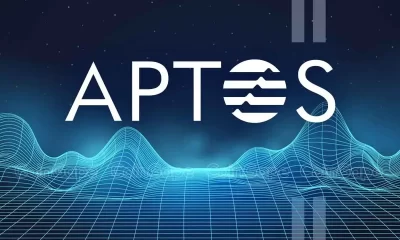
 24/7 Cryptocurrency News3 months ago
24/7 Cryptocurrency News3 months agoAptos Leverages Chainlink To Enhance Scalability and Data Access

 Bitcoin5 months ago
Bitcoin5 months agoBitcoin Could Rally to $80,000 on the Eve of US Elections

 Altcoins2 months ago
Altcoins2 months agoSonic Now ‘Golden Standard’ of Layer-2s After Scaling Transactions to 16,000+ per Second, Says Andre Cronje

 Bitcoin4 months ago
Bitcoin4 months agoInstitutional Investors Go All In on Crypto as 57% Plan to Boost Allocations as Bull Run Heats Up, Sygnum Survey Reveals

 Opinion5 months ago
Opinion5 months agoCrypto’s Big Trump Gamble Is Risky
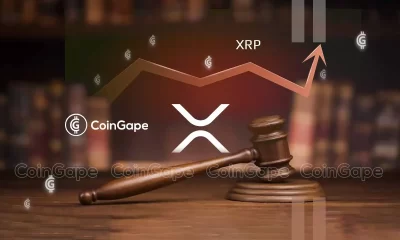
 Price analysis5 months ago
Price analysis5 months agoRipple-SEC Case Ends, But These 3 Rivals Could Jump 500x


